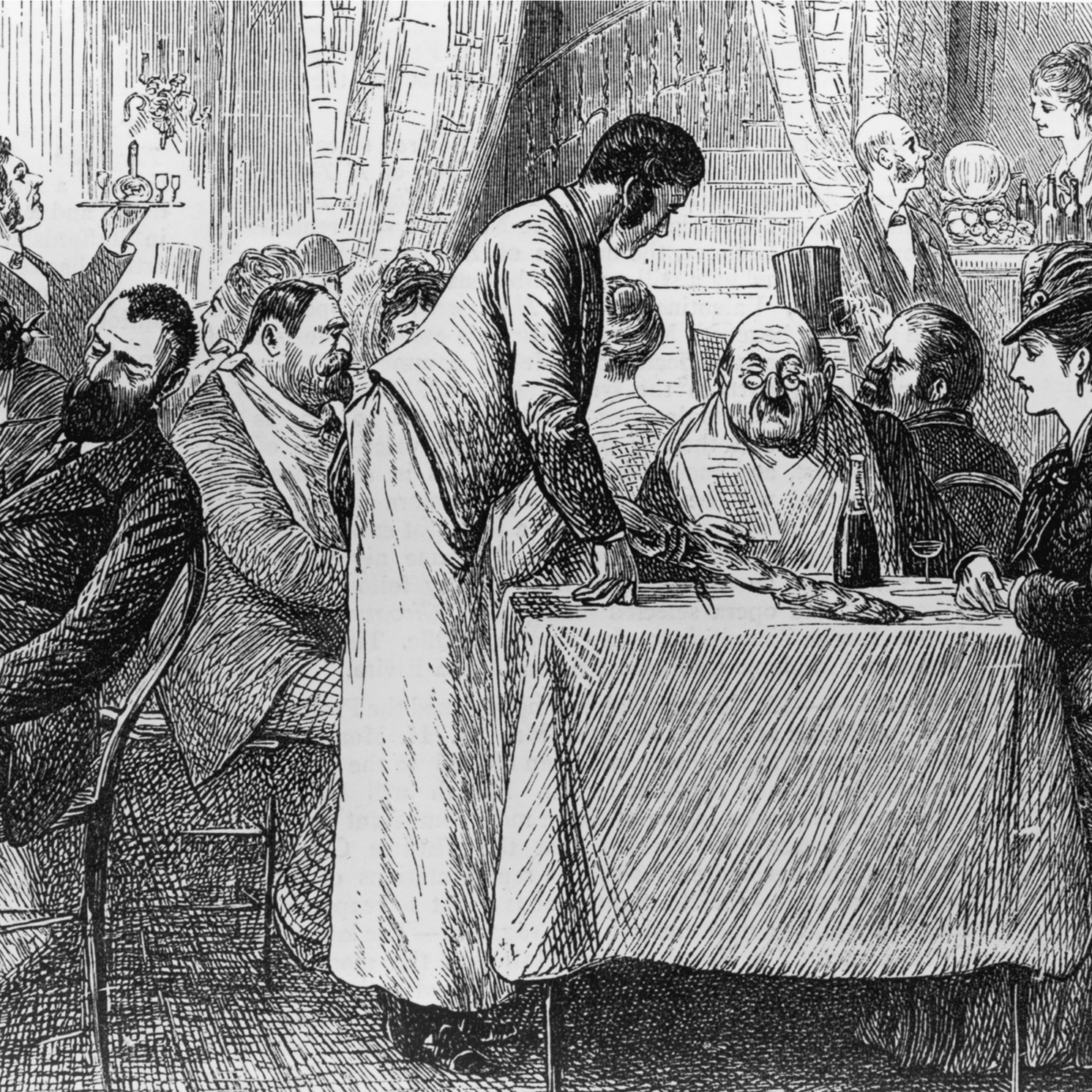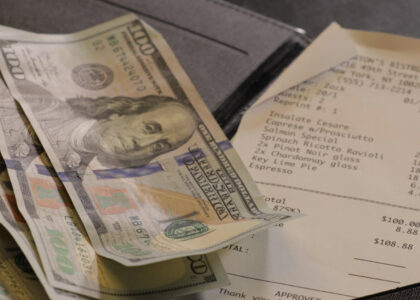History of Tipping
The practice of giving tips to waiters and servers has a long history. The history of tipping is extensive, spanning its inception, introduction to America, and global variations. There is plenty of information available regarding the history of tipping, the reasons why it developed in many nations, and whether it is a good or bad custom.
Overall, the history of tipping waiters and servers is a very lengthy, fascinating, and frequently controversial one. Even while tipping has changed over time, the idea that it provides a window into mankind in many ways has persisted. It’s an exciting journey, and the more you understand about tipping, the more you’ll wonder how the practice came to be what it is today.
The practice of tipping predates the era in which we are able to establish the veracity of any claim. There are several commonly acknowledged origin myths about tipping, and they are all equally plausible. Because history is subjective, there are many different possibilities that claim to constitute the complete history of tipping.
One of the origin stories for tipping that is the most frequently believed dates back to the middle Ages. It’s challenging to go back that far with facts. However, it is generally accepted that the caste system that dominated Europe in the late middle Ages is what gave rise to tipping.
Additionally, there are reports that tipping dates all the way back to the Roman Empire and probably even earlier. Once more, this is challenging to trace, making it challenging to establish either way.
Additionally, it is thought that tipping originated during the feudal era of lords. But according to this theory of origin, lords would give money to beggars they came across on the street in order to stay out of trouble. Although not entirely recognized as tipping, this is the origin of the practice as we know it today.
Of course, there’s also the customary tipping system that dates back to England’s 15th century. Many accounts assert that England’s practice of tipping dates back to any period between the 1400s and 1700s. However, most historians concur that the practice truly started to catch on in Tudor England.
Where Did Tipping Originate?
Class distinctions are the first step in answering the questions of how tipping originated and where it came from. The division of classes had a part in all potential beginnings of tipping practices, regardless of which origin of tipping you subscribe to. Almost all origin legends for tipping mention giving a tiny cash benefit to someone who is serving you. The foundation of many of these historical descriptions of tipping is the payment of a wage to a servant in a home or other place. Earlier still, the custom got its start by giving little rewards to your subordinates. It was more of a general habit than it was about paying money for particular deeds. When payment was made for specific services rendered, tipping as we know it now first emerged. The tipping customs we are familiar with today were largely influenced by the structure of classes and the payment of servants and other workers.
History of Restaurant Tipping
The origins of tipping in restaurants as we know it now can be traced to European coffee shops when a phrase from the restaurant industry first appeared. The phrase “To Insure Promptness” is one of the most often believed origins of the term “tip.” The phrase “to ensure promptness” was found on the sides of bowls in coffee shops, where customers may leave some cash to request rapid service. This evolved through time to become the custom of leaving a tip after a meal. You could say that tipping is typically done as a means to express gratitude for being on time and generally outstanding.
Nevertheless, discussing the origins of tipping in restaurants would be incomplete without discussing its disadvantages and arguments. These days, tipping contributes to significant problems with discrimination, harassment, and capitalism. The concerns around tipping are nothing new. In the past, tipping was a problem that was still prevalent, and many individuals desired to change it. Leon Trotsky specifically steadfastly refused to tip. The servers weren’t on board with the strategy; therefore, the service suffered as a result. However, the purpose of his position was to demonstrate how the capitalist system forced servers to rely on tips for a living wage. That change is still necessary after all these years.
The History of Tipping in America
Like much of American history, the history of tipping in America is rather gloomy and unpleasant. According to sources, America adopted tipping about 1840. From the outset, tipping was a concern in America for a number of reasons. Issues such as:
- The server’s pay being decided by the frequently unjust customers
- Widening of social, racial, and class differences
- The ability of eateries to pay their staff less with the hope that tips will cover the difference
As tipping became more widespread after the Civil War, these problems grew exacerbated. The fact that the practice began to spread because of racism was one of the worst aspects of tipping’s early development in America. Due to the Civil War’s end and the abolition of slavery, Black people and those who had been slaves had a legal obligation to receive equal treatment. Many Americans refused to accept this, and tipping became a means of preserving racism. Back then, businesses could pay their employees the smallest wage and get away with it legally by claiming that customers would tip to balance it up. However, Americans would give Black individuals little to no tips, which would continue prejudice and lead to a widening of economic status.
Global History of Tipping
Of course, tipping extends beyond what we do in the United States. Tipping originated outside of America, and attitudes around tipping have changed significantly over time on a global scale. Since tipping’s beginnings are rooted in Europe, tipping customs today can be found all throughout the continent and the rest of the world. Tipping didn’t always look like it does today in the United States. The global tipping culture is, however, moving in the direction of a more effective tip-to-pay ratio. This is basically because of the fact that wait personnel, including servers, receives reasonable wages in other nations. Although tipping’s origins as a classist practice began outside of the United States, the rest of the world has gone past this genesis. Most of the time, leaving tips is either completely unnecessary or only done to express genuine gratitude that is free of any underlying negative intent.
Do you regularly leave tips when you go for shopping? There’s a new app that lets you give cashless tips in less than 30 seconds with no sign up fee required. All you need is to show/share you QR code or a short link with your customer. Try it out now 2tip.us

Looking for an app to help you make cashless tips in your next outing?
is the real deal out there that you can use to make tips in less than 30 seconds. It is fast and secured and comes in handy when you don’t have extra cash to leave a tip after shopping.
All you need to do is to share/show your QR code or your unique short code and the transaction will go smoothly.









